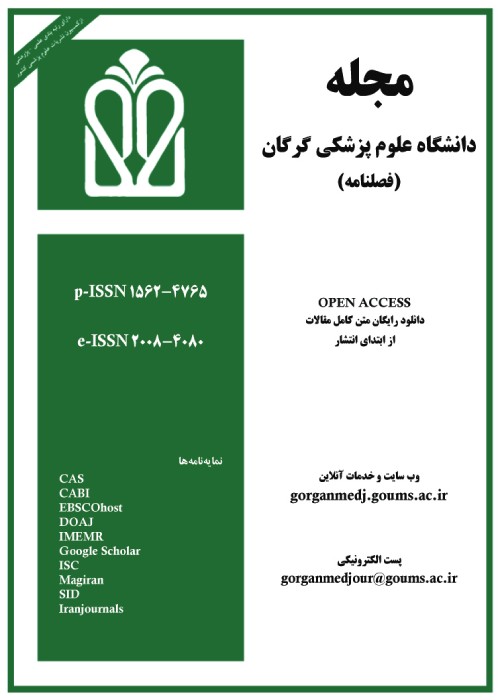The Impact of Bacterial Nanocellulose Containing Natamycin and Amphotericin B on Aspergillus flavus and Penicillium citrinum in an in Vitro Environment
Bacterial nanocellulose is known as a potential carrier for a widespread spectrum of biological compounds, including antibacterial and antifungal compounds. The present study was conducted to determine the impact of bacterial nanocellulose containing Natamycin and Amphotericin B on Aspergillus flavus and Penicillium citrinum in an in vitro environment.
In this descriptive-analytical research, Aspergillus flavus-PTCC: 5006 and Penicillium citrinum-PTCC: 5304 fungi were prepared from the Fungal Collection of the Department of Microbiology, Faculty of Veterinary Medicine, Urmia University. The minimum inhibitory concentration (MIC) and the minimum fungicidal concentration (MFC) of Natamycin and Amphotericin B against Aspergillus flavus and Penicillium citrinum were evaluated by the microdilution method. Bacterial nanocellulose was prepared using Komagata xylinum bacterium, and Natamycin and Amphotericin B were added in three concentrations of 0.01%, 0.05%, and 0.1% to wet and lyophilized nanocellulose films by the immersion method. Then, the antifungal effects of the film containing the above compounds against the investigated fungi were investigated by the agar diffusion method. Parchment paper was used as a control for comparison. Spectral properties of nanocellulose film containing antifungal compounds were evaluated by the Fourier transform infrared (FTIR) method.
MIC and MFC of Natamycin for Aspergillus flavus were determined as 3.9 μg/mL and 7.81 μg/mL, and for Penicillium citrinum as 7.81 μg/mL and 15.62 μg/mL, respectively. MIC and MFC of Amphotericin B for Aspergillus flavus were determined as 7.81 μg/mL and 15.62 μg/mL, and for Penicillium citrinum as 15.62 μg/mL and 31.25 μg/mL, respectively. The increased concentration had a statistically significant impact on the antifungal properties of all films (P<0.05). The best antifungal effects of the film were related to the film containing Natamycin.
Bacterial nanocellulose containing Natamycin showed stronger antifungal effects in an in vitro environment compared to Amphotericin B against Aspergillus flavus and Penicillium citrinum.
- حق عضویت دریافتی صرف حمایت از نشریات عضو و نگهداری، تکمیل و توسعه مگیران میشود.
- پرداخت حق اشتراک و دانلود مقالات اجازه بازنشر آن در سایر رسانههای چاپی و دیجیتال را به کاربر نمیدهد.


